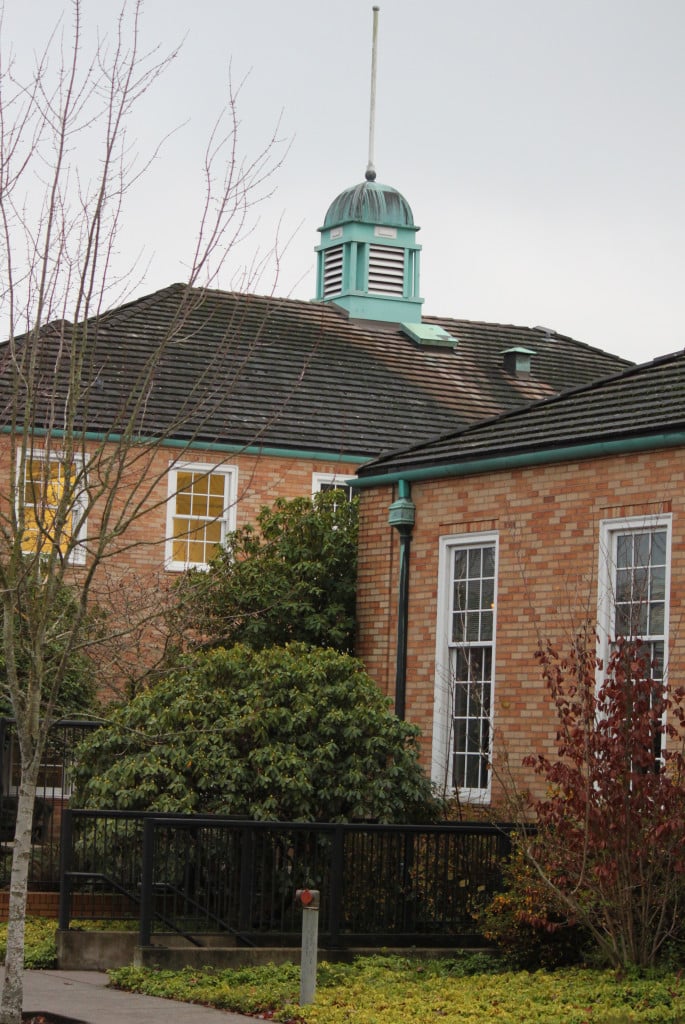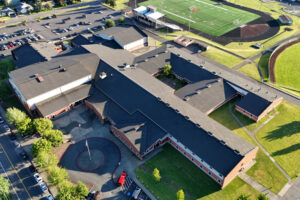The Camas Public Library is currently the only independently operated library in Clark County, but city officials are exploring whether that should change.
According to City Administrator Pete Capell, the decision to consider having Camas join the Fort Vancouver Regional Library District came about following the retirement in October of Library Director David Zavortink, who had been at the helm for two decades.
“If you look at the region and you look at Clark County, we are the only city that is not in the Fort Vancouver Regional Library District,” he said. “So, before we fill a position at that level we need to explore our options, not automatically do things the way we always have.”
After Zavortink’s departure, efforts to find his successor were put on hold. Camas Assistant Director Linda Swenton, a former Vancouver Community Library employee, stepped in as interim library director.
At this point, Capell said, officials have kept exploration of the issue limited to what he describes as “high level.”




